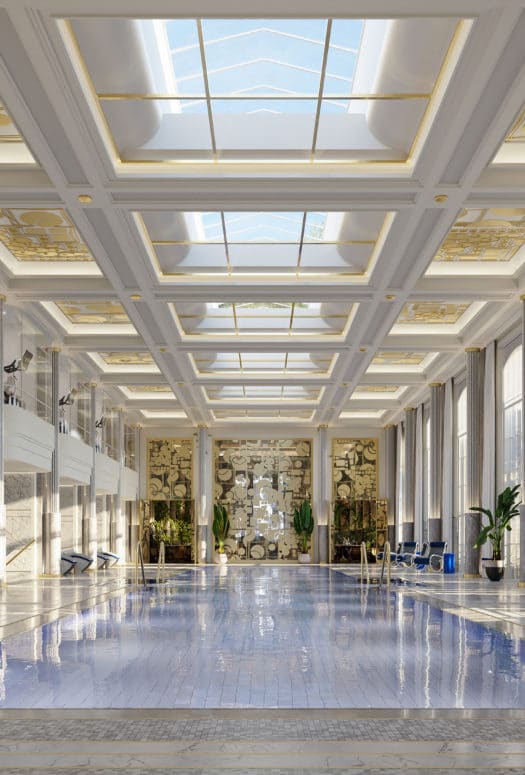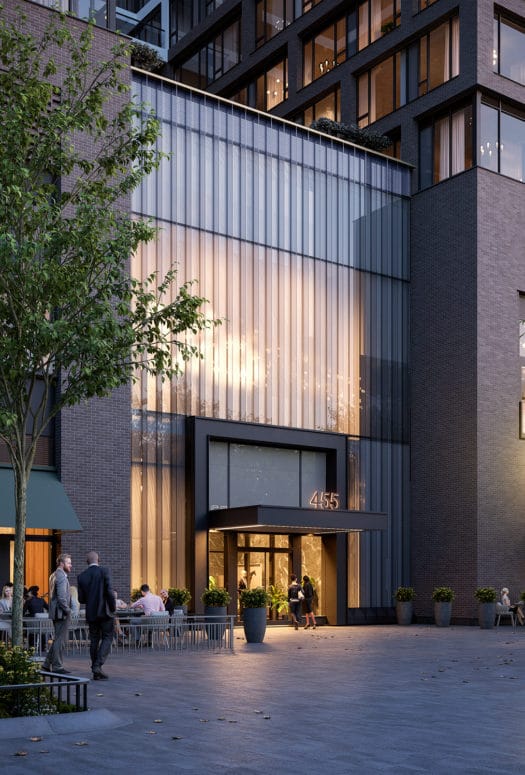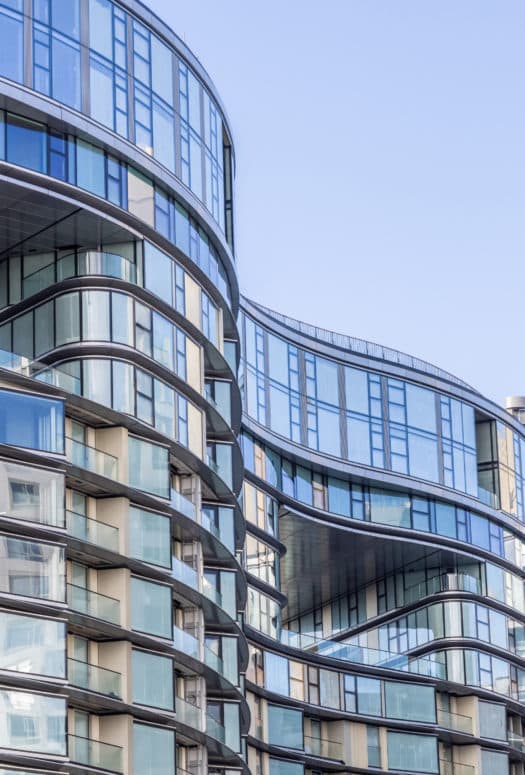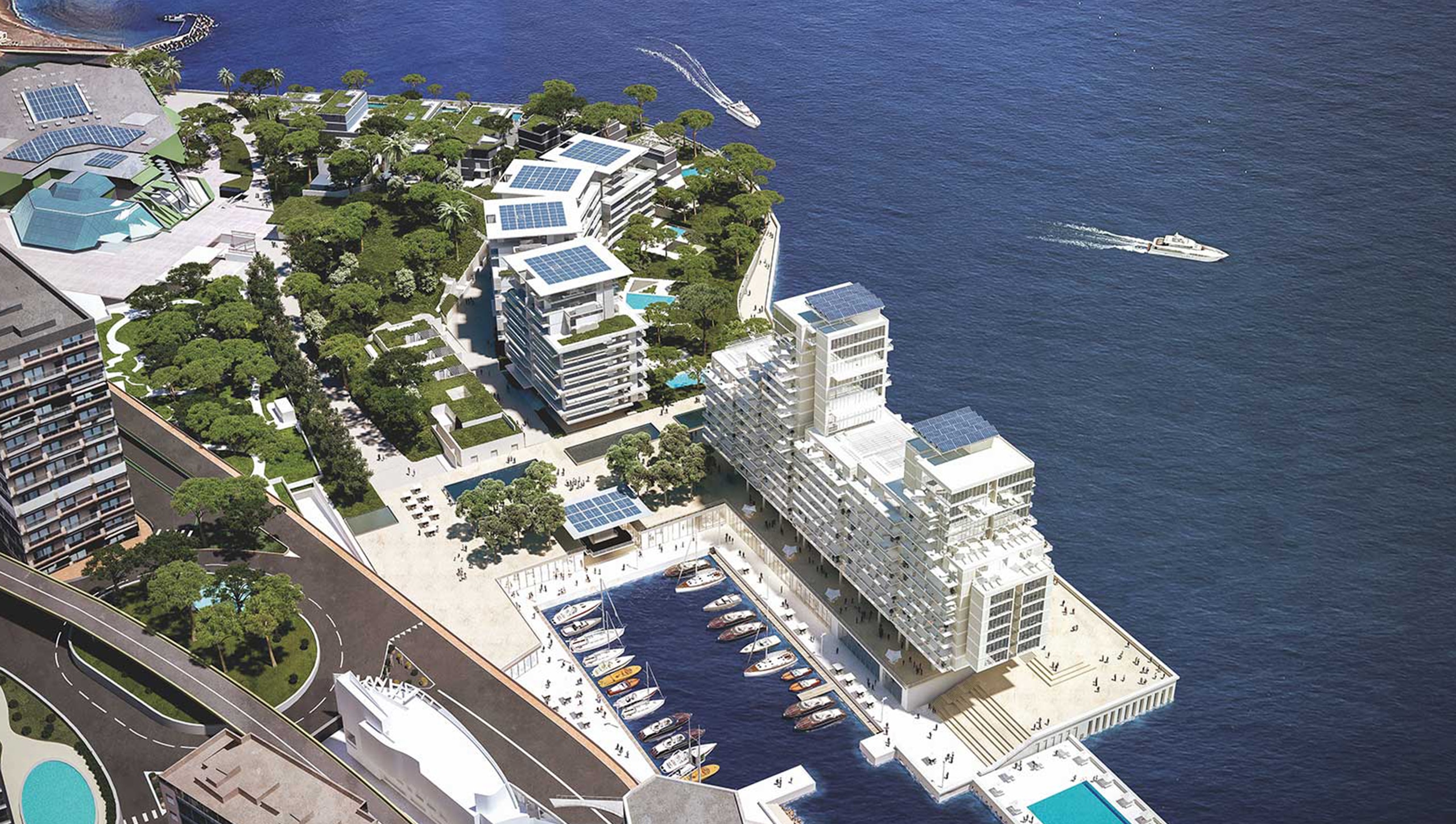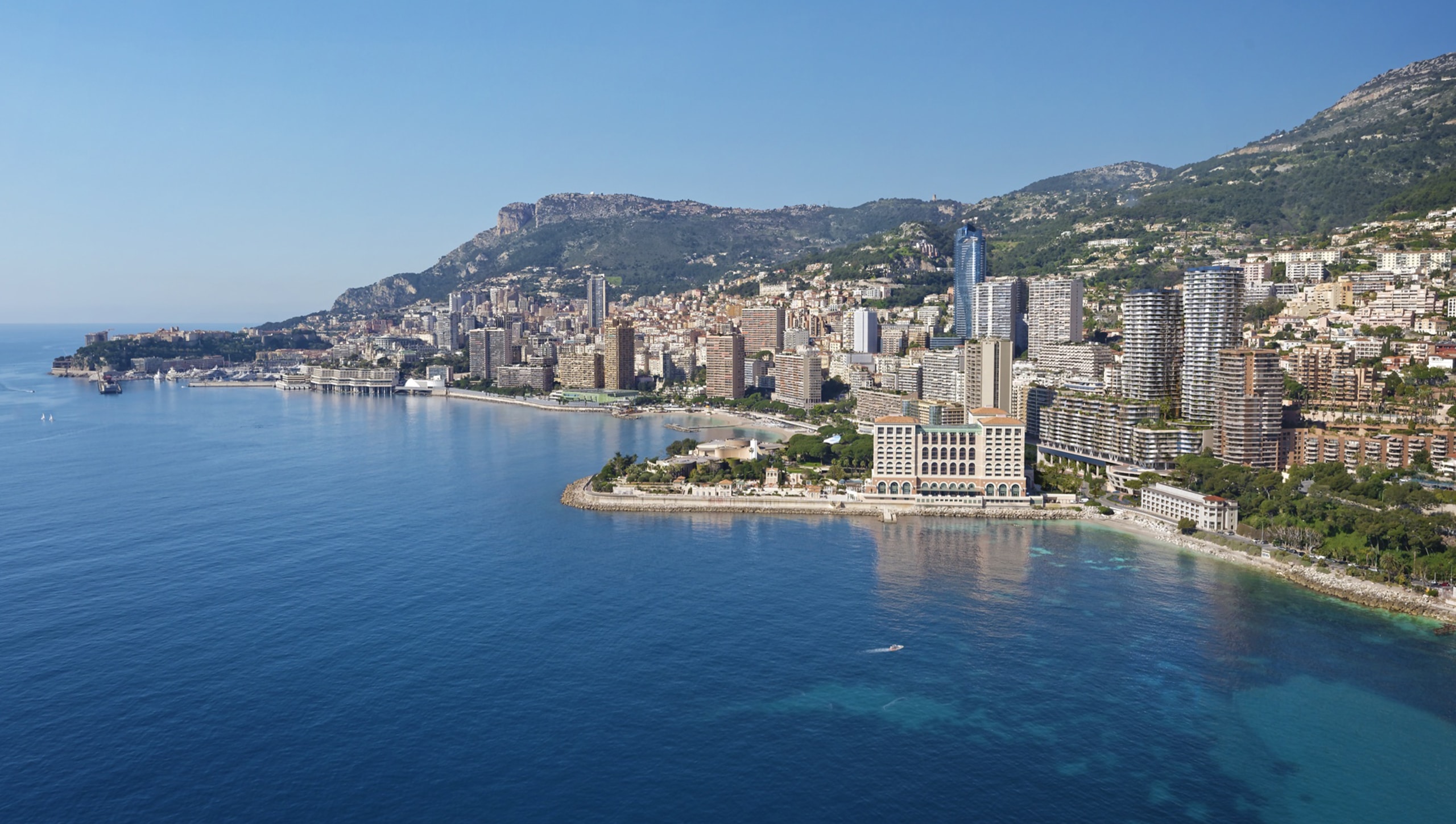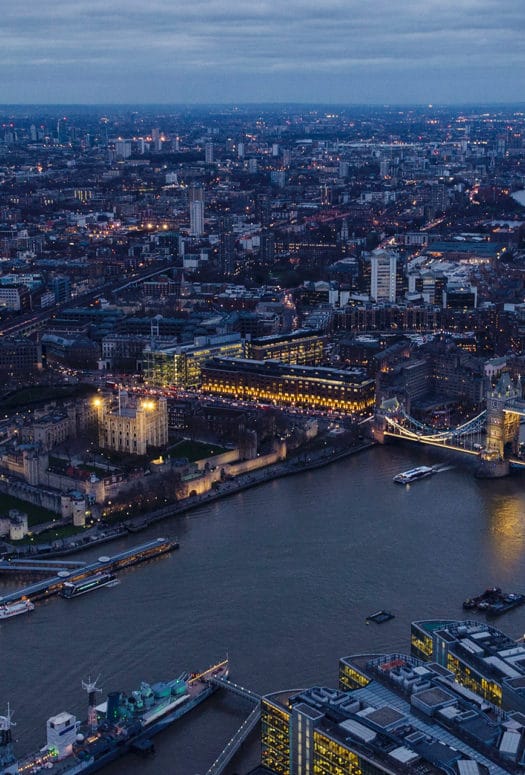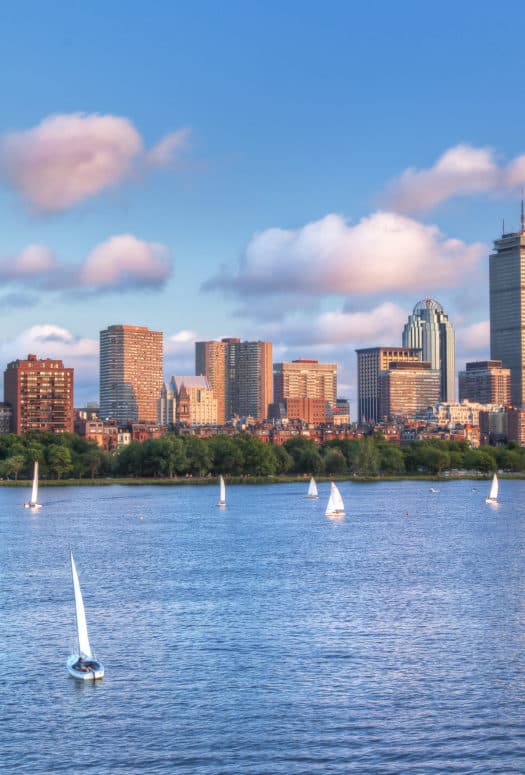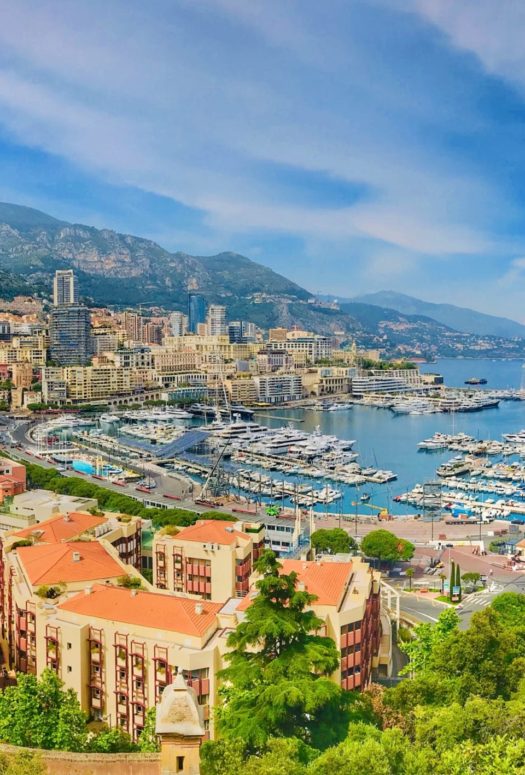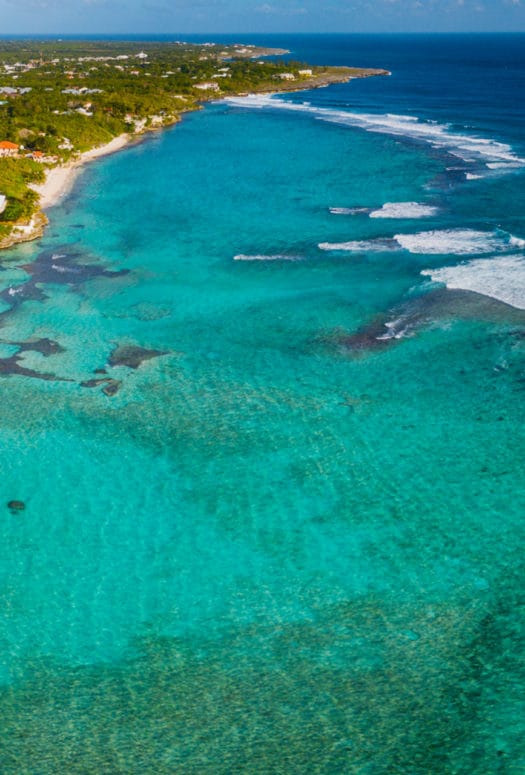History, Natural Landscape Influence the Architecture of Monaco
By: Judith Isacoff
From the decorative Belle Epoque of the “Golden Age” to the crisp, clean lines of contemporary designs, the architecture of Monaco is as varied as it is stately, elegant, and ornate.
Landmarks from the late 18th and early 19th centuries, including the storied Casino de Monte-Carlo, the Hôtel Hermitage Monte-Carlo, and the Opéra de Monte-Carlo, have influenced modern-day architects, particularly in the penthouse at La Belle Epoque, which sold for $323 million in 2010, and the luxury residences Villa Hermosa, located in Monte-Carlo’s famous Golden Square district, and Les Gaumates, developed by the Groupe Marzocco.
Though developed in 1999, Villa Hermosa pays homage to the iconic style of two centuries earlier while offering large modern living spaces with terraces facing Port Hercules and the Prince’s Palace. Les Gaumates, developed in 2009, features French windows in white Carrera marble and bas-relief friezes around the top floor.
Striking among the contemporary developments is Mareterra, comprising seaside residential, cultural, and recreational spaces created on land reclaimed from the sea without threatening the environment. Scheduled for completion in 2025, Mareterra was conceived by Renzo Piano Building Workshop, founded by the namesake Pritzker Prize laureate.
Forming “an essential connection with the Mediterranean,” the symmetrical Le Renzo residences take “the form of a fragmented vessel, inspired by the elements around it, playing with light, air, and water to create a building that celebrates Monaco’s place at the heart of Mediterranean life.”
At Mareterra’s Les Jardins d’Eau, apartments feature a lower-profile modern design, in keeping with the development’s profile, and provide “a strong connection with the outdoors” along a lengthy seaside promenade.
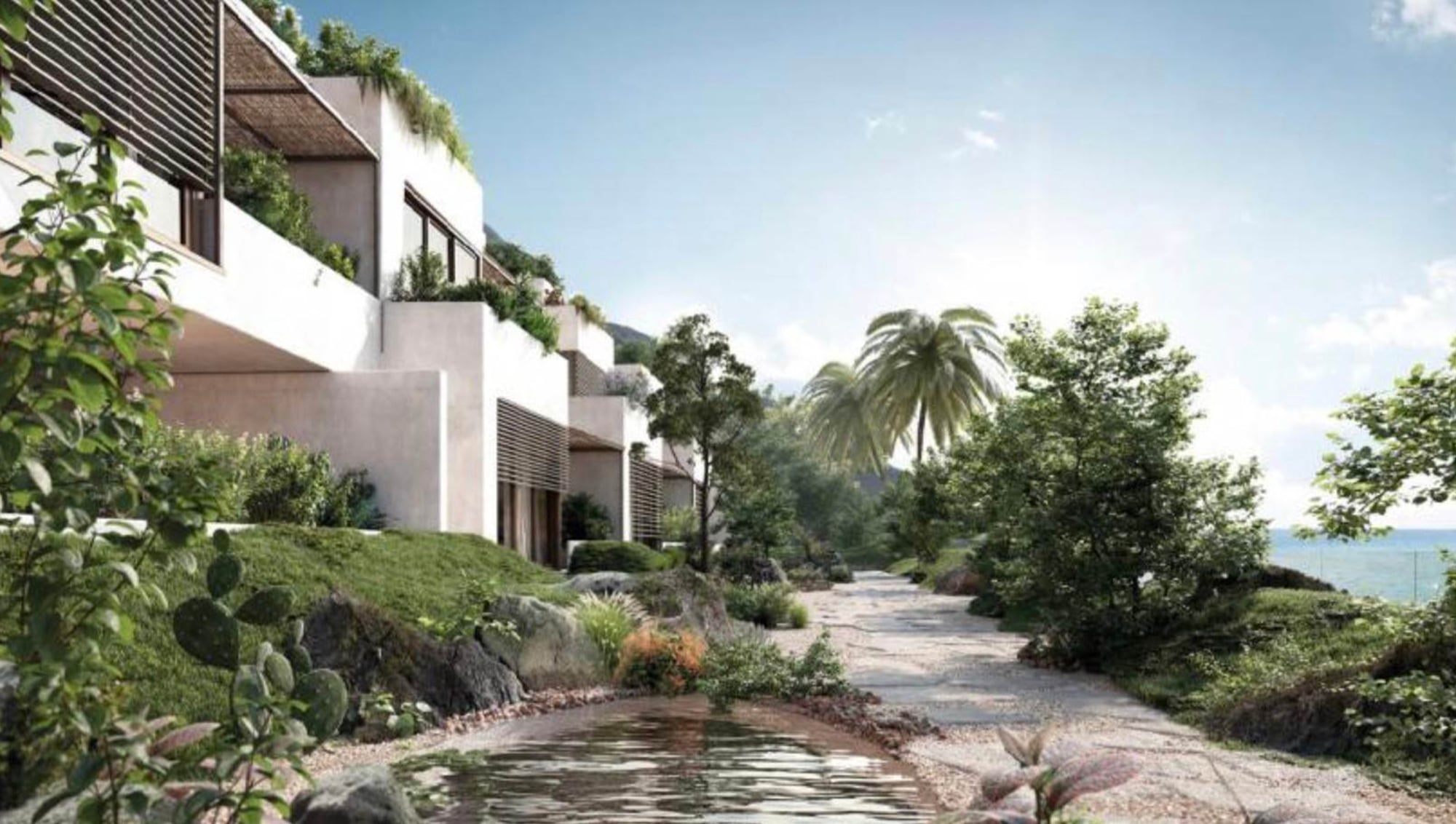 Photo Credit: L'Exotique
Photo Credit: L'Exotique
L’Exotique, designed by French architect Rudy Riccioti and developed by Fine Properties MonteCarlo (FPMC) in the Jardin Exotique district, incorporates olive trees and natural foliage in these seemingly stacked residences that follow the rocky promontory on which they are built. Hanging gardens seem to literally drip from terraces of different shapes and sizes, creating an “evocative architectural weave of sloping and sleek volumes” in harmony with the surrounding environment.
The Groupe Marzocco is also developing the waterfront Bay House residences in Larvotto, the most expensive—and sought-after—region in Monaco. The residences have secure access from three different road levels.
Bay House is part of the larger Testimonio II scheme, designed by architect Alexandre Giraldi and the firm Arquitectonica. Its 56 apartments and five villas are characterized by wraparound terraces that seem to follow in waves, topped by luxury villas with roof terraces that rise vertically from the horizontal structure below and continue the curved lines of the entire property.
The imaginatively designed Testimonio II residential towers appear to be undulating from sea level behind Bay House. These luxury apartments, penthouses, and villas are scheduled for completion in 2024.
With the exception of Mareterra, which is being developed on nearly 15 acres of reclaimed land, the tiny principality of Monaco (0.78 square miles in total) has virtually nowhere to build but up.
The narrow coastline and steep hills have inspired and influenced the varying architectural styles, all in keeping with Monaco’s well-earned reputation for luxury.


